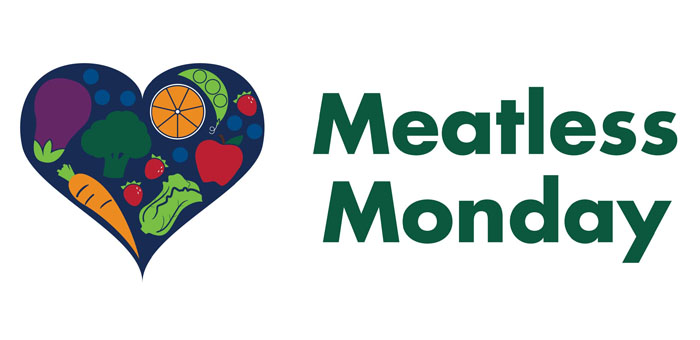One of the most common issues people have when eating from a food truck, is the fact that in most cases, there is nowhere for them to sit down while they eat the meal they just purchased. The debate over whether to stand or sit while eating is more than one of comfort and etiquette. And although you may prefer to eat while sitting down, it may just be healthier for you to eat while standing up.
Some studies report that those standing while eating will eat upwards of 45% more food. However other studies and increasing knowledge on the effects of standing while performing a variety of tasks indicates that standing while eating may be better for you than sitting.
GERD and Acid Reflux
Gastroesophageal reflux disease, or GERD, is a condition that involves dysfunction of the sphincter at the bottom of your esophagus. Similar to acid reflux, this condition results in stomach acid moving upward into your esophagus, potentially causing inflammation and chest pains. Otherwise known as heartburn, these symptoms may be avoided by standing while eating and remaining this way for 30 to 45 minutes afterward.
Orthostatic Hypotension
Commonly known as a head rush, orthostatic hypotension involves a drop in blood pressure when you stand up or stretch. With a number of conditions potentially underlying or worsening the incidence of orthostatic hypotension, your eating behaviors play numerous potential roles in preventing severe head rushes. As digesting large meals can lower your blood pressure, standing up after a seated meal may cause potentially dangerous head rushes. To avoid this eat your meals while standing upright.
Lipase
Lipase is an enzyme that plays an essential role in breaking down and storing fats. When inactive, lipase allows fats to recirculate through your bloodstream, eventually becoming stored as cholesterol, plaque on your arteries or body fat. When active, however, lipase breaks down these fats and allows them to be used by your muscles. In a study published in the November 2007 issue of “Diabetes,” Marc Hamilton and colleagues at the University of Missouri-Columbia suggest that standing helps to activate lipase. Finding blood samples to be cloudy with fats after eating while sitting and relatively clear after eating while standing, Hamilton and colleagues recommend that you perform all activities, including eating, while standing.
Blood Glucose and Diabetes
Published in the July 2008 issue of “Current Cardiovascular Risk Reports,” a literature review by Hamilton and a different group of collaborators links sitting to increased fasting blood glucose levels and poor glucose metabolism. As these are potential risk factors for diabetes, standing while eating may help you to control your blood glucose levels and reduce your diabetes risk. In addition, as noted in a June 2008 interview with Hamilton in “ScienceDaily,” standing for one hour can help you to burn an extra 60 calories per day, further helping to lower your body fat and risk of diabetes.
References
- MedHelp: Foods to Avoid & Eating Behaviors for Acid Reflux (Heartburn/GERD) Sufferers
- The Noninvasive Heart Center: Chest Pain
- Mayo Clinic: Orthostatic Hypotension (Postural Hypotension)
- “Diabetes”; Role of Low Energy Expenditure and Sitting in Obesity, Metabolic Syndrome, Type 2 Diabetes, and Cardiovascular Disease; Marc T. Hamilton, et al.; November 2007
- “Current Cardiovascular Risk Reports”; Too Little Exercise and Too Much Sitting: Inactivity Physiology and the Need for New Recommendations on Sedentary Behavior; Marc T. Hamilton, et al.; July 2008
- “ScienceDaily”; Stand Up For Your Health: Physiologists and Microbiologists Find Link Between Sitting and Poor Health; June 2008
Editor’s Note: This article is not intended to provide medical advice, diagnosis or treatment.




